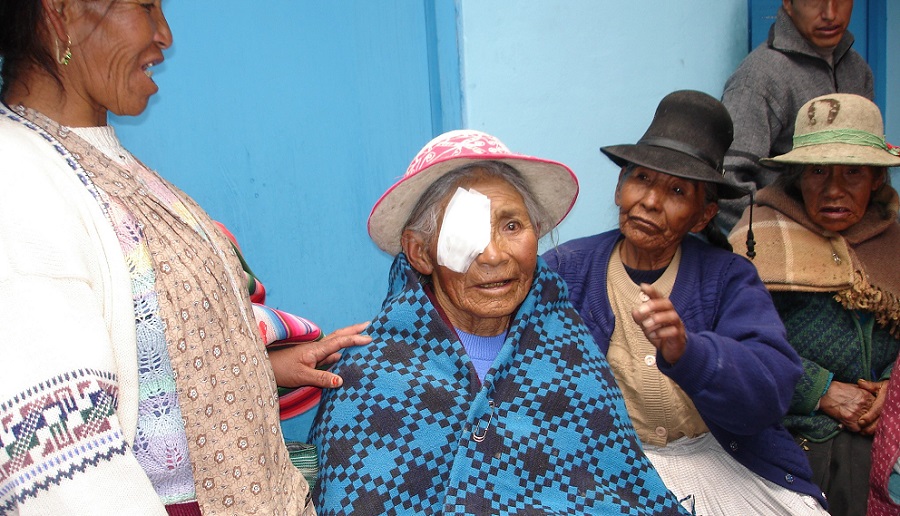Join a powerful, unprecedented alliance for better eye health for all.
Join IAPB-
Choose an alternate language here

Between July 2014 and June 2018, CBM’s Combatting Blindness in Peru project was delivered through a cluster of six partner organisations across 13 regions, with support from the Seeing is Believing initiative funded by Standard Chartered and CBM.
Through project monitoring, anecdotal evidence was collected about high levels of data and information sharing between some partners throughout the project. In order to investigate this element of the project further, CBM collected information from partners about data transparency, the causes and effects of sharing between partners, as well as any challenges encountered.
As part of a final evaluation of the project, semi-structured interviews were conducted individually with senior clinicians and managers at partner organisations, in order to further explore lessons learnt relating to data transparency and information sharing within the project. Follow-up calls were made by CBM staff to gain further details where necessary. Interviews were recorded and transcribed, and analysed using thematic analysis.
A key driver for sharing data was the desire to improve the quality of programme implementation and to attract more patients. There was a receptiveness to act on best practice and advice shared because of the focus on programme quality and attracting patients. This was underpinned by a common commitment to work on programmes with a social aim, to reach the most marginalised communities.
Informal information sharing was strong amongst most partners, who had worked together for many years. Forming a cluster is likely to have enhanced teamwork, although cohesion between various partners was already high. Modes of communication included calls, messaging and conference attendance rather than emails alone, which tended to be less useful for this kind of sharing. These were used to exchange technical advice, provide project progress updates, solve project challenges, provide mutual support and maintain relationships.
The following findings of the case study may be relevant for similar health projects to consider:
This project has shown that sharing information transparently and improving data systems, along with good relationships between partner organisations and effective planning, can make a significant difference for eye health staff and patients. With supportive and transparent relationships in place, fostered through working together on this project, the partner organisations involved are keen to continue working as an eye health cluster into the future.
Jorge Sanchez and Ned Carter